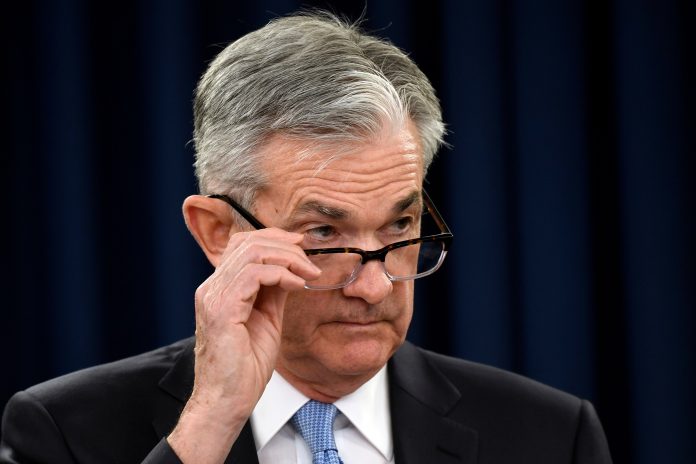Widespread reports today show that Jerome Powell, the national Fed chair, is indicating that Federal Reserve involvement in America’s economy will be a prolonged effort.
Specifically, Powell said that due to the long-ranging impact of coronavirus closures, we can expect no less than $120 billion to be pumped into the U.S. economy every month, with the implementation of low interest rate policy over the next year or so.
All of that is leading many of us to question the long-term impact of the money printing and other last-ditch policy initiatives, and it’s creating quite a bit of groundswell in the Bitcoin community.
“Prices for Bitcoin, seen by many investors as a hedge against inflation, rose on the news (from the Fed), as cryptocurrency analysts said that the longer the central bank sticks to its loose-money stance, the higher the chances of inflation down the road,” write Omkar Godbole and Bradley Keoun at Coindesk.
Bitcoin is, in some ways, a unique hedge against inflation – it’s easy to purchase, easy to store, and promises to not track with the U.S. markets or the U.S. fiat currency.
It has also made billionaires many times over.
On the other hand, Bitcoin’s not easy to handle on annual tax filings, and that’s one barrier standing in the way of more widespread adoption. News that the IRS is hiring outside contractors to handle all crypto-related filings does not, in general, makeinvestors feel better about taking on these assets.
Still, as American investors continue to flee the traditional equities market, many of them are seeing Bitcoin as a clear path to hedging their bets against the kind of hyperinflation that usually occur with all of this money printing.
Powell’s reassuring remarks notwithstanding, one can imagine that this massive change to our economy will have some significant consequence.
Another ominous marker is in a more obscure part of Powell’s speech, where he notes that high unemployment will head off wage increases.
Lots of people make almost no money as it is, and their situations don’t look good coming out of the coronavirus era. For example, there’s this from Bloomberg in January, authored by Martha Ross and Nicole Bateman of the Metropolitan Policy Program: “In a recent analysis, we found that 53 million workers ages 18 to 64—or 44% of all workers—earn barely enough to live on. Their median earnings are $10.22 per hour, and about $18,000 per year. These low-wage workers are concentrated in a relatively small number of occupations, including retail sales, cooks, food and beverage servers, janitors and housekeepers, personal care and service workers (such as child care workers and patient care assistants), and various administrative positions.”
By contrast, the promise of making 100% or 200% percent or 1000% of your return in one year is making Bitcoin seem like that classical thing that Americans can do to pull themselves up by their own bootstraps.
With Bitcoin ATMs on every corner, it’s as easy as sliding your card into a machine.
This is not suggesting that Bitcoin or any other digital asset is necessarily a slam-dunk. Everyone has to take all of the available data and make their own strategic investment decisions. But the stress of continued Fed manipulation is having a big impact on how we think about our money moving forward.










